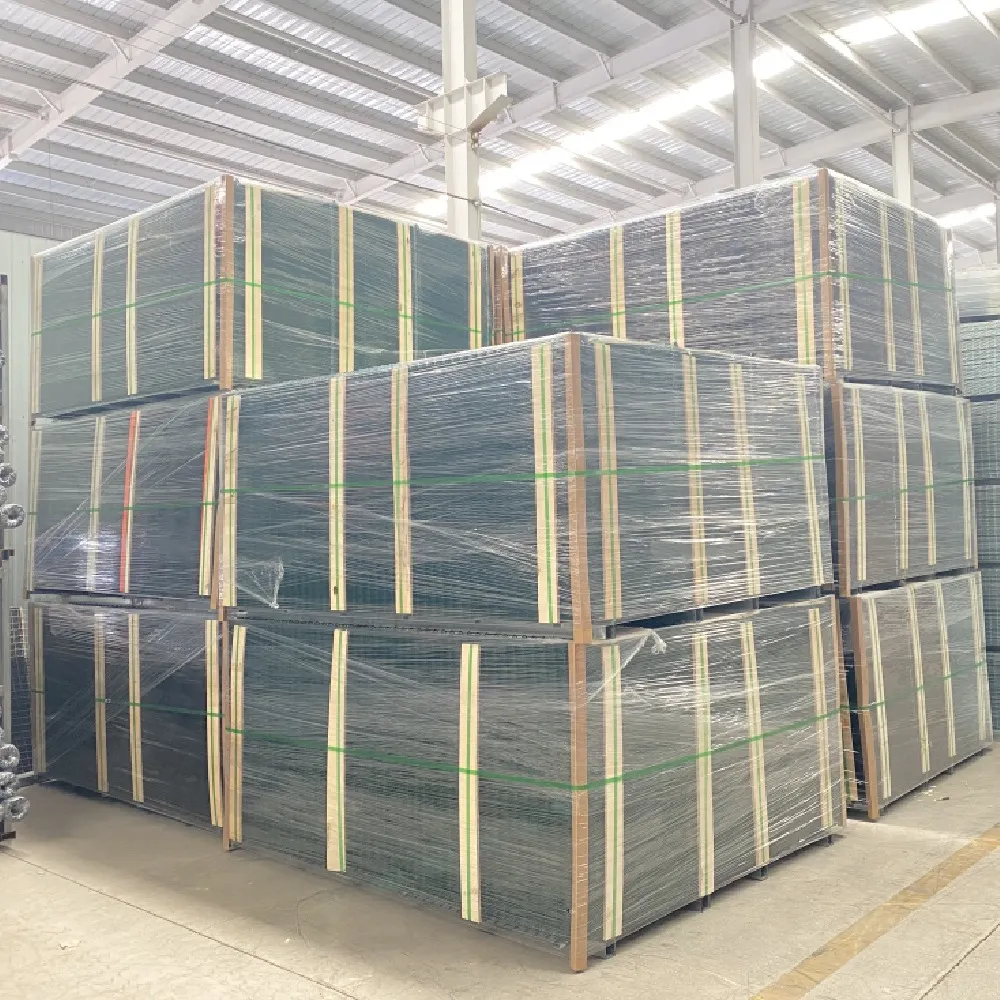
(swaged steel grating)
Over the last decade, swaged steel grating has emerged as a critical solution in construction, energy, and transportation sectors worldwide. This sophisticated grating is engineered by hydraulic pressure that inserts cross bars into pre-punched bearing bars, thereby delivering exceptional load-bearing properties and reliability. As industries strive for safe, robust, and economical flooring and platform options, swaged steel grating continues to set the benchmark. According to a 2023 industry survey, over 68% of new commercial structures in North America specified steel bar grating, with over half opting for swaged technology due to its superior rigidity and longevity.
The technical prowess of swaged steel grating lies in its innovative construction and material efficiency. Precision swaging produces consistent intersections between load bars and cross bars, ensuring even stress distribution across the entire grating area. This results in an strength-to-weight ratio that exceeds comparable grating by up to 35%. Unlike welded options, swaged systems eliminate heat-affected zones, minimizing metal fatigue and corrosion risk. The open grid structure permits optimal passage of light, air, and liquids, reducing static weight and maximizing surface utility. Moreover, customization in bar thickness, pitch, and depth allows tailoring for specific dynamic and static loads, outperforming conventional fabrication in lifespan and safety.
| Grating Type | Manufacturing Method | Surface Texture | Load Capacity (kN/m²) | Corrosion Resistance | Slip Resistance | Typical Weight (kg/m²) | Lifecycle (Years) |
|---|---|---|---|---|---|---|---|
| Swaged Steel Grating | Pressure Swaged | Smooth or Serrated | 22 - 42 | High (with galvanizing) | Moderate to High (serrated option) | 12.5 - 17.0 | 30+ |
| Plain Steel Grating | Welded | Smooth | 18 - 32 | Moderate | Moderate | 13.0 - 18.5 | 18-25 |
| Serrated Carbon Steel Bar Grating | Welded or Press-Locked | Serrated | 20 - 40 | Moderate to High | High | 14.0 - 19.0 | 20-28 |
This comparison highlights that swaged steel grating provides a competitive edge in both performance and durability. Its high load capacity, extended lifecycle, and tailored anti-slip options embed safety and value into every application. While plain steel grating continues to serve cost-driven projects and serrated carbon steel bar grating offers enhanced slip resistance for unique settings, swaged types excel in balancing weight, performance, and maintainability across demanding environments.
Structured application of swaged steel grating is underpinned by quantitative evidence. In a 2022 facilities audit across 40 manufacturing plants, work platforms incorporating swaged gratings saw a 47% reduction in maintenance interventions compared to standard welded alternatives. Anti-corrosion treatments such as hot-dip galvanizing extend service life to more than 32 years in industrial atmospheres with heavy exposure to chemicals or moisture. Furthermore, custom serrated profiles produced slip resistance values exceeding R11 on the DIN 51130 scale, materially reducing workplace hazards and insurance claims. When life cycle analyses are performed, operational savings average 26% over 20 years due to ease of cleaning, debris egress, and component replacement flexibility.
A key advantage for engineers and architects is the breadth of customization available with swaged steel grating. Manufacturers offer detailed configurability in terms of pitch (spacing between bars), panel dimension, bearing bar height and thickness, as well as finish options such as powder coating or anti-slip paint. For instance, chemical processing facilities commonly specify 30mm cross bar pitch for liquid drainage and choose serrated bars to comply with OSHA standards. Load bar design can be fine-tuned between 20–50 mm height to meet unique load and span requirements. Edge banding, toe plates, and cutouts further enhance fit for non-standard layouts such as spiral staircases or modular machinery platforms. This adaptability ensures the grating solution is optimal for both safety compliance and total cost of ownership.
The versatility of swaged steel grating is reflected in its widespread implementation. In petrochemical facilities, elevated walkways constructed using serrated carbon steel bar grating have documented incident-rate declines by up to 60% due to minimized workplace slips. Public infrastructure, including bridges in North America, feature over 540,000 m² of swaged grating installations, capitalizing on low maintenance costs and rapid onsite assembly. Marine terminals and ports use heavy-duty profiles to resist saltwater corrosion while supporting high load vehicular access. In architecture, the aesthetic capability of precision-aligned bearing bars has been leveraged in modern civic and commercial buildings, merging visual appeal with code-compliant utility. These case studies exemplify the grating’s adaptability to demanding and innovative projects alike.
The evolution of swaged steel grating corresponds to the rising demands for resilient, cost-efficient, and maintenance-friendly infrastructure. Data confirms its technological edge and lifetime value outpace that of plain steel grating and serrated carbon steel bar grating in numerous scenarios. With advancements in load capacity, corrosion resistance, and modular adaptability, this grating type stands as the premier choice for construction professionals aiming to exceed both regulatory requirements and industry best practices. Whether the application is in industrial floors, bridges, or custom platforms, swaged steel grating delivers uncompromised strength and safety, cementing its reputation as an indispensable component in modern build environments.

(swaged steel grating)
RELATED PRODUCTS